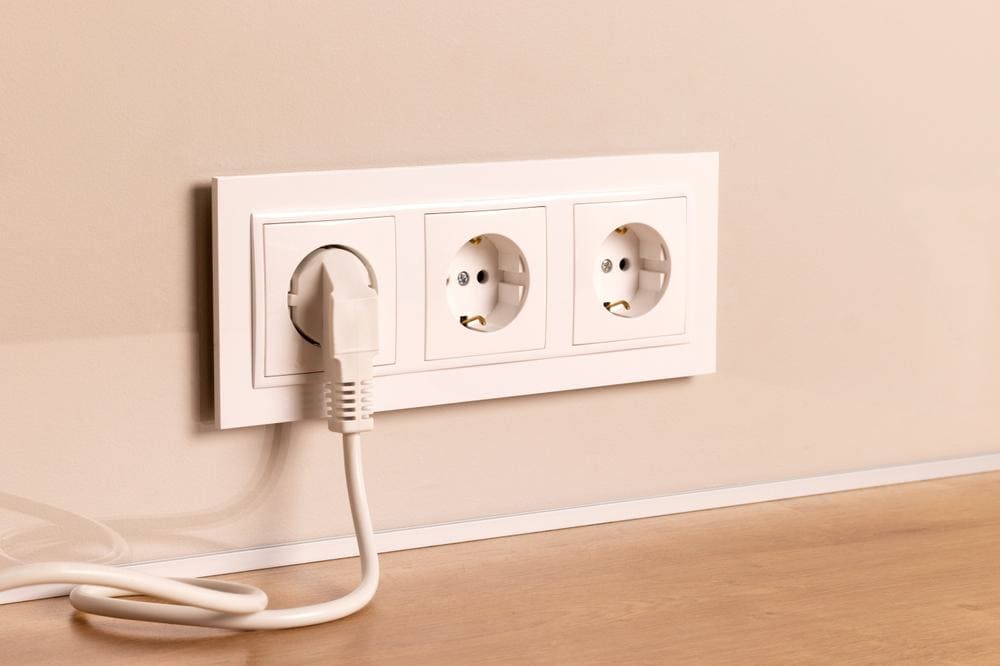
Electricity is a fundamental aspect of our daily lives, but what happens when an outlet in your home suddenly stops working? It’s a frustrating situation, but one that can often be resolved with a bit of troubleshooting. In this comprehensive guide, we will walk you through the process of how to test an outlet with no power, ensuring you’re well-equipped to deal with such situations.
To test an outlet with no power, first ensure safety by turning off the power at the circuit breaker. Then, use a non-contact voltage tester, a receptacle tester, or a multimeter to check if the outlet is receiving any power. If the outlet is still not working, look for tripped circuit breakers or blown fuses, test nearby outlets, and inspect the outlet for any visible damage. If the outlet still has no power, it’s time to consult a professional electrician.
Safety Precautions
Before we delve into the testing process, it’s crucial to emphasize the importance of safety. Working with electricity is not a task to be taken lightly. Here are some safety guidelines to follow:
- Ensure the power to the outlet is turned off at the circuit breaker.
- Use the right tools, such as a multimeter, voltage detector, or non-contact tester.
- Visually inspect the outlet for any signs of damage.
- Hold meter probes in the same hand when using a multimeter.
- Always test other outlets to determine if the issue is isolated or widespread.
- Check for tripped breakers or blown fuses.
- Always work with caution and consult a professional if unsure.
Tools Required
To effectively test an outlet with no power, you’ll need a few essential tools. These include:
- Non-contact voltage tester
- Receptacle tester
- Multimeter
- Extension cord and work light
- Neon circuit tester
Remember to handle these tools with care and follow the manufacturer’s instructions.
Identifying an Outlet with No Power
Before testing, it’s essential to identify an outlet with no power. You can use a non-contact voltage tester, a receptacle tester, or a multimeter. These tools will help you determine if the outlet is receiving any power.
Step-by-Step Testing Process
Follow these steps to test an outlet with no power:
- Turn off the power.
- Check for tripped circuit breakers or blown fuses.
- Test nearby outlets.
- Check for a tripped GFCI.
- Inspect the outlet.
- Test the outlet with a multimeter.
- Consult a professional if the outlet still has no power.
Interpreting Results
After testing, you need to interpret the results. No voltage reading between the hot and the neutral or ground indicates an open hot. A high resistance in the wires can cause the outlet to not provide power to devices. If the voltage reading is not within the expected range, there may be a problem with the wiring or the outlet itself.
Possible Solutions
If an outlet shows no power after testing, consider the following solutions:
- Reset the circuit breaker.
- Check for a tripped GFCI outlet.
- Inspect other nearby outlets.
- Examine the wiring.
- Replace the outlet.
- Call a professional electrician.
When to Call a Professional Electrician
If you have no electrical experience or knowledge, or if you notice a burning smell, sparks coming from an outlet, or other signs of a major electrical issue, it’s time to call a professional electrician.
Conclusion
Testing an outlet with no power can be a straightforward process if you follow the steps outlined in this guide. However, always prioritize safety and don’t hesitate to call a professional electrician if you’re unsure about any step in the process.
Remember, it’s better to be safe than sorry when dealing with electricity. So, the next time you’re faced with an outlet with no power, you’ll know exactly what to do.
Frequently Asked Questions
What is a multimeter and how does it work?
A multimeter is a handheld device used to measure electrical properties such as voltage, current, and resistance. It consists of a display, selection knob, and two probes. To use it, you select the property you wish to measure with the selection knob, then touch the probes to the appropriate parts of the circuit.
What is a GFCI and how can it be reset?
GFCI stands for Ground Fault Circuit Interrupter. It’s a type of outlet designed to protect against electrical shocks by shutting off the power when it detects a ground fault. To reset a tripped GFCI, simply press the “reset” button located on the outlet.
What signs should I look for to identify a damaged outlet?
Signs of a damaged outlet can include discoloration, a burning smell, sparks, a warm or hot outlet surface, or an outlet that’s loose or not securely fastened to the wall. If you notice any of these signs, it’s best to consult a professional electrician.
How can I tell if a circuit breaker has tripped?
A tripped circuit breaker will usually be in the “off” position or in a position that’s between “on” and “off”. It may also show a red or orange color when tripped. To reset a tripped breaker, flip it to the “off” position first, then flip it back to “on”.
What should I do if I don’t have the tools needed to test an outlet?
If you don’t have the necessary tools to test an outlet, it’s best to call a professional electrician. Attempting to test an outlet without the proper tools can be dangerous and is not recommended.












